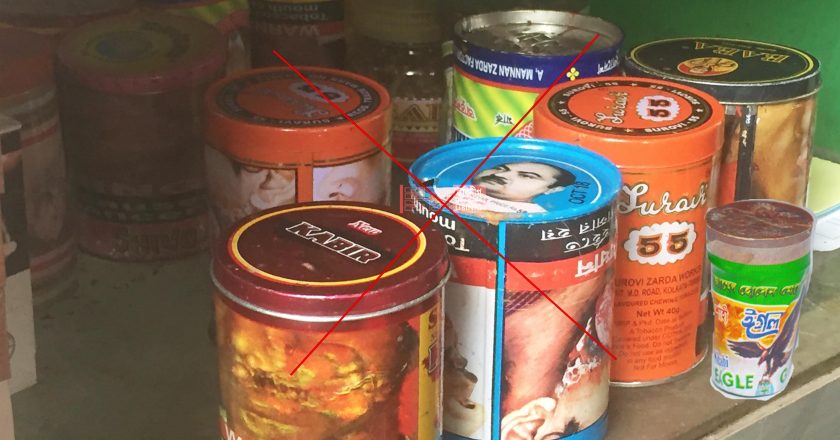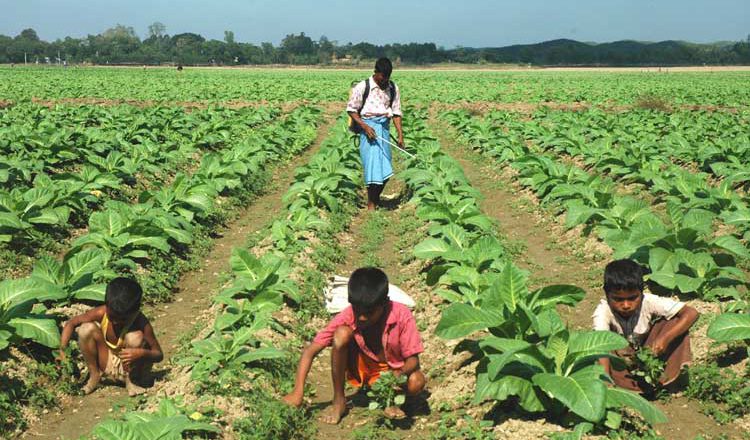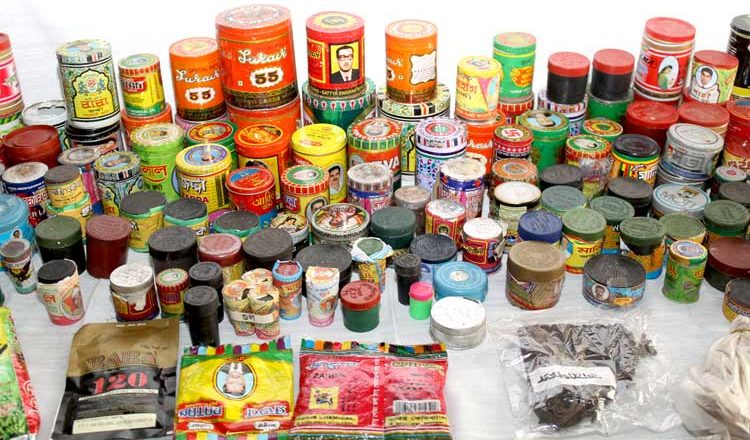Factors Inhibiting Payment of Taxes of Smokeless Tobacco Manufacturers Operating Outside the Tax Net in Bangladesh
UBINIG
Final Report
Executive Summary
a. This study: Smokeless tobacco (SLT) use in Bangladesh is high, yet it is generally held that SLT manufacturing often occurs outside the tax net. This study examines SLT production, pricing and turnover for a sample of 88 SLT manufacturers operating outside the tax net and identifies factors perceived to contribute to non-payment of taxes by SLT manufacturers.
b. Study methodology: The study incorporated a desk review of research literature on SLT manufacturing in Bangladesh and both quantitative and qualitative data collection methods; specifically, the NBR data on SLT manufacturers and their tax payment history, a survey of 88 SLT manufacturers operating outside the tax net, 15 key informant interviews (KIIs) and a ...



